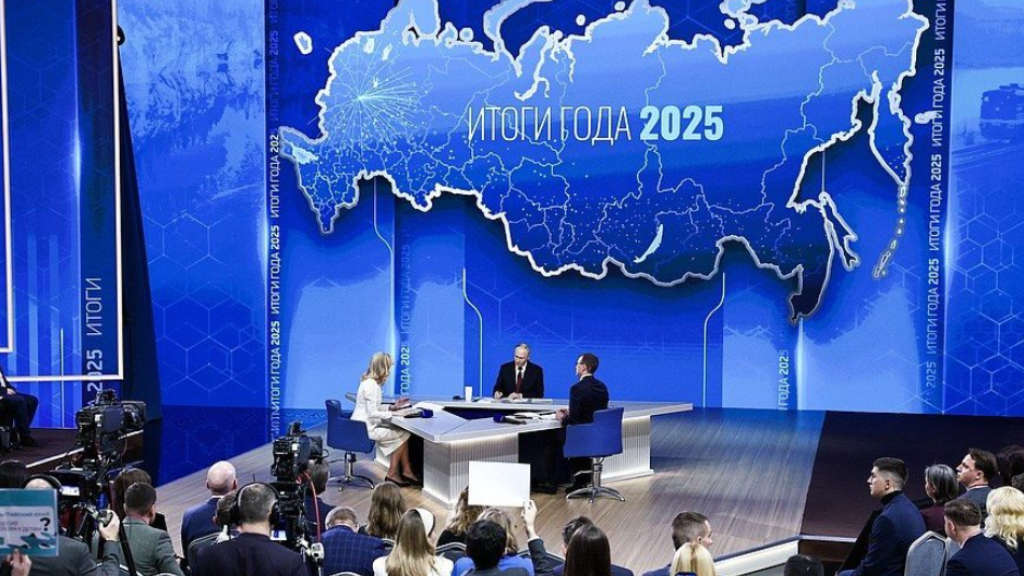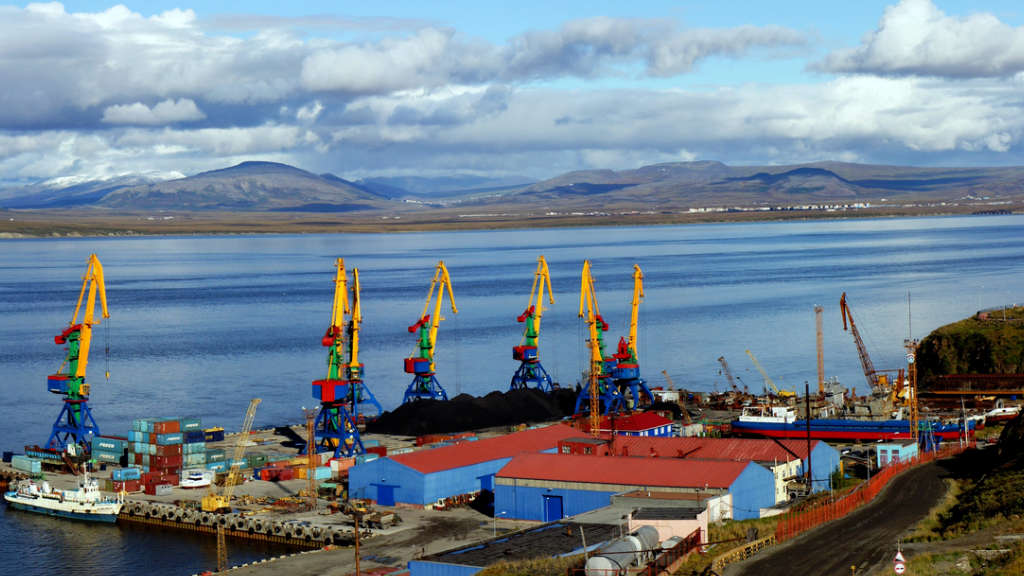In encouraging signs that Afghanistan’s trade and investment potential is improving, the Taliban administration is holding advanced negotiations with Russia to allow banks from both countries, both of which are heavily sanctioned in the West, to handle trade worth hundreds of millions of dollars using their own currencies. Afghanistan’s acting commerce minister, Haji Nooruddin Azizi, also mentioned that similar talks are being conducted with China.
Azizi said that the negotiations with Russia were being worked on by technical teams from the two countries. The move comes as Moscow focuses on using national currencies to shift reliance away from the dollar and as Afghanistan faces a stark drop in the U.S. currency entering the country due to US aid cuts.
He stated that “We are currently engaged in specialised discussions on this matter, considering the regional and global economic perspectives, sanctions, and the challenges Afghanistan is currently facing, as well as those Russia is dealing with. Technical discussions are underway.”
Azizi added that annual bilateral trade between Russia and Afghanistan was currently around US$300 million and that was likely to grow substantially as the two sides boost investment. The Taliban expected Afghanistan to buy more petroleum products and plastics from Russia, he said.
“We want to take steps in this area with China as well,” he said, adding Afghanistan had around US$1 billion in trade with China each year. “A working team composed of members from the Afghan Ministry of Commerce and the Chinese embassy has been formed, and talks are ongoing.”

Afghanistan’s financial sector has been largely cut off from the global banking system due to sanctions placed on some leaders of the ruling Taliban, which took over the country in 2021 as foreign forces withdrew.
Since 2022, Afghanistan has imported gas, oil and wheat from Russia, the first major economic deal after the Taliban returned to power, facing international isolation following 20 years of war against U.S.-led forces. Billions of dollars in cuts to US aid to Afghanistan have meant far fewer dollars, which are flown in cash for humanitarian operations, are entering the country.
Development agencies and economists say the Afghani currency has so far remained relatively stable but may face challenges in the future.
Azizi said that the stability of the currency and his administration’s efforts to boost international investment, including with the Afghan diaspora, would prevent a shortage of U.S. dollars in the country.
Afghanistan has substantial potential in Central Asia as a hub between the Eurasian region, South Asia, China and Russia. It also possesses trillions of dollars in minerals. Discussions concerning trans-Afghan railways connecting Iran to China (west-east) and Uzbekistan to Pakistan’s Persian Gulf ports (north-south) are also underway.
Further Reading
Russia-Afghanistan Forum Discusses Logistics, Transit & Infrastructure Developments





